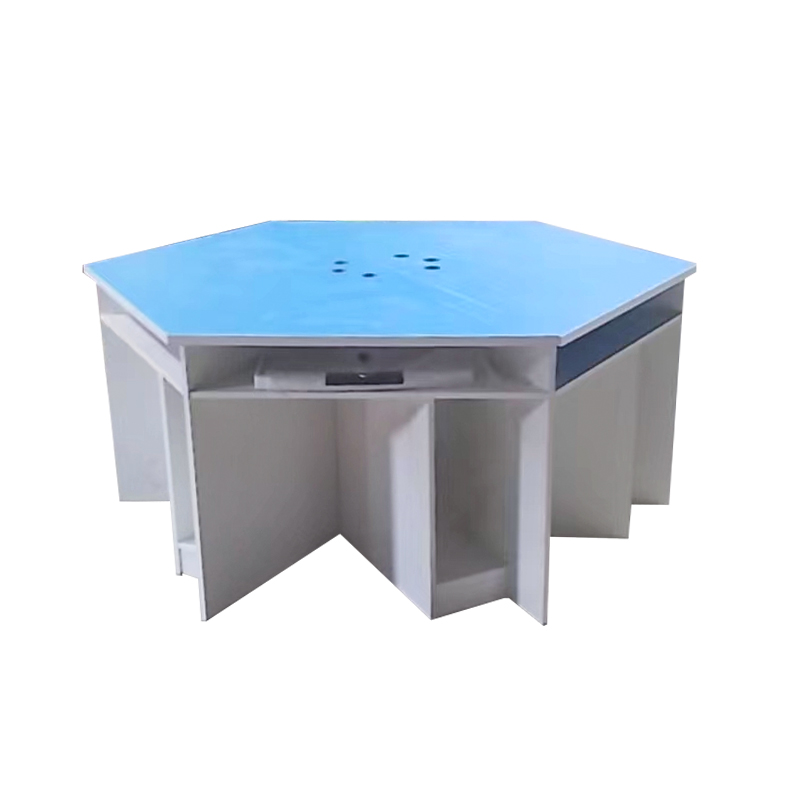What Does Lab Furniture Contain
Lab furniture includes a broad range of specialized equipment and furnishings that support various scientific, educational, and research activities in laboratories. These pieces are specifically designed to provide safety, durability, and functionality for laboratory users working with chemicals, instruments, and other experimental materials.
The core components of lab furniture typically begin with laboratory tables and workbenches, which are used as primary surfaces for conducting experiments. These tables often feature chemical-resistant surfaces and sturdy construction to support heavy equipment. Depending on the laboratory type, these workbenches may include integrated sinks, electrical outlets, and gas lines for added functionality.
Another essential item is storage furniture, including cabinets, drawers, and shelving units. These help in organizing equipment, reagents, samples, and safety gear. Chemical storage cabinets, particularly those designed for acids, flammable liquids, or corrosive materials, are built with specialized ventilation and materials to meet strict safety regulations.
In addition to tables and storage, seating options, such as ergonomic lab stools or chairs, are necessary for comfort during long working sessions. Seating is often adjustable and made from materials that are easy to clean and resistant to spills.
Other lab furniture includes fume hoods, island benches, instrument tables, and utility service modules for water, gas, and electricity distribution.
Altogether, lab furniture forms the foundation of a laboratorys infrastructure, contributing to the efficiency, safety, and organization of the space. The choice of furniture is typically guided by the specific needs of the research or instructional activities conducted within the lab.
Development of Lab Tables
The development of lab tables has evolved significantly over the decades, adapting to advancements in science, technology, and safety standards. Initially, laboratory tables were simple wooden benches used in school settings or early research labs. While these provided a basic working surface, they lacked the durability and chemical resistance needed for more intensive applications.
As the nature of laboratory work grew more complex, the materials used in lab table construction changed. Wood was gradually replaced by more robust materials such as stainless steel, epoxy resin, phenolic resin, and high-pressure laminates. These materials offer better resistance to chemical spills, heat, and mechanical wear—essential qualities for modern laboratory environments.
In terms of design, lab tables began to incorporate integrated services such as gas taps, sinks, and power outlets. This evolution allowed researchers and students to carry out various tasks at a single workstation without needing to move between different areas. As a result, lab productivity and efficiency improved.
Modular design became a key trend in lab table development, allowing institutions to customize configurations based on specific needs. Tables can now be reconfigured or expanded easily, making them ideal for dynamic laboratory settings where flexibility is required.
Design Considerations of Modern Laboratory Furniture Tables and Chairs
Modern laboratory furniture, including tables and chairs, must be designed with several important considerations in mind to meet the evolving demands of research, education, and technology. These considerations focus on functionality, safety, ergonomics, and long-term usability.
Material selection is one of the critical aspects of lab furniture design. Work surfaces must be resistant to chemicals, heat, and physical impact. Popular materials include epoxy resin, stainless steel, and phenolic resin, each selected for its ability to withstand laboratory conditions while being easy to clean and maintain.
Functionality and flexibility are also key. Laboratories often need to adapt to changing research needs or teaching styles. As such, tables are frequently designed with modular features or mobile bases, allowing them to be rearranged quickly. Some modern tables include built-in utility connections—such as electricity, gas, and water—to reduce clutter and improve efficiency.
Ergonomics is a growing concern, especially in labs where users spend extended periods seated or standing. Chairs are typically adjustable, with lumbar support and easy mobility. Lab tables may include height-adjustable surfaces to accommodate different users and tasks, which helps reduce strain and increase comfort.


 English
English русский
русский Español
Español عربى
عربى




